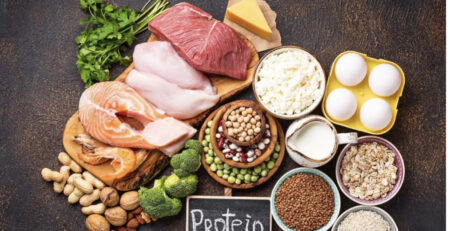Nourishing the Body: Unveiling the Science Behind Fuel Foods and Smart Carbohydrate Consumption
Fuelling our bodies with the right nutrients is paramount, especially when engaging in high-intensity and prolonged exercise. Carbohydrates, a crucial fuel source for both muscles and the brain, play a pivotal role in sustaining performance and preventing fatigue. Let’s delve into the scientific intricacies of carbohydrate consumption and how adopting a “smart” carbohydrate diet can optimize training and overall well-being.
Carbohydrates: The Essential Energy Source
Carbohydrates, stored as glycogen in muscles and the liver, provide the energy needed for optimal exercise performance. The intensity and duration of exercise directly influence the amount of carbohydrates required. Starches like potatoes, pasta, and bread, along with simple sugars found in fruits, vegetables, and dairy, all contribute to the carbohydrate repertoire.
Not All Carbs Are Created Equal
Understanding the nuances of carbohydrates is crucial. While they all serve as energy sources, their nutrient profiles, absorption rates in the gut, and impacts on the body vary. Dietary fiber, an essential component derived from plants, supports normal gut function. Opt for high-fiber or ‘brown’ options, such as brown pasta and rice, during periods away from training for sustained gut health.
Smart Carbohydrate Consumption: Tailoring to Training Demands
Rather than adopting a one-size-fits-all approach to carbohydrate intake, a “smart” carbohydrate diet adapts to the demands of training and competition. The daily variance in energy requirements calls for a dynamic strategy:
- 3-5g/kg per day: Low training load, including low-intensity activities.
- 5-7g/kg per day: Moderate training load, encompassing a balanced exercise program.
- 6-10g/kg per day: High training intensity, suited for endurance programs with moderate to high-intensity exercises.
- 8-12g/kg per day: Very high training intensity, ideal for extreme endurance programs with prolonged, mod-high intensity exercise.
Tailoring Portions for Optimal Performance
Portion sizes of carbohydrate-rich foods should be adjusted based on training demands:
- Increase portion size: Before high-volume or high-intensity training sessions, such as filling half a plate.
- Decrease portion size: On rest days or low-intensity/volume days, scaling back to a quarter of a plate.
Conclusion: A Scientific Approach to Fueling Success
Understanding the science behind fuel foods and smart carbohydrate consumption empowers athletes to optimize performance. By tailoring carbohydrate intake to match the demands of training and competition, individuals can enhance endurance, prevent fatigue, and lay the foundation for a sustainable and successful fitness journey.
For more insights into the science of nutrition and performance, visit SportNutarian. Fuel your body intelligently for a healthier, more resilient you.


















